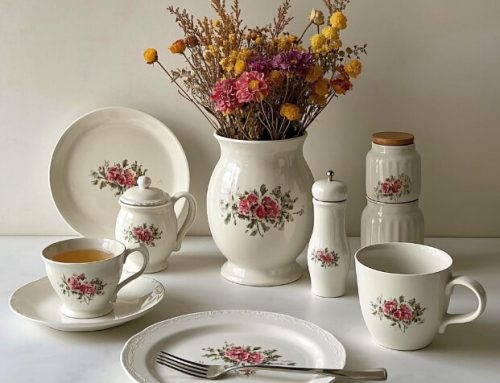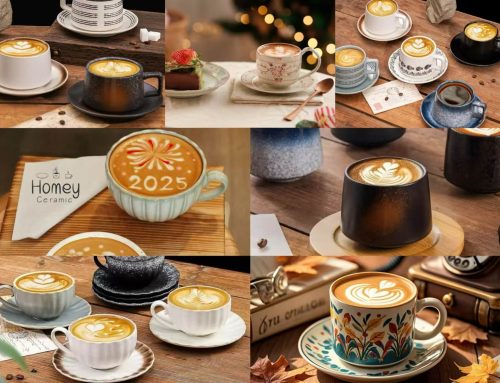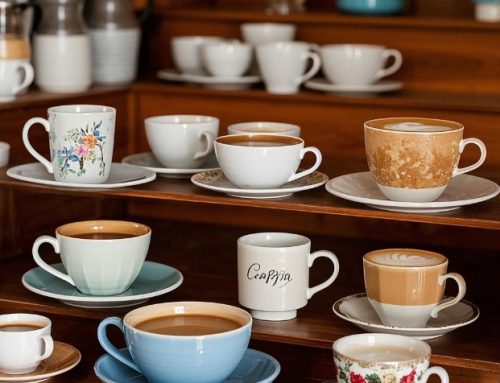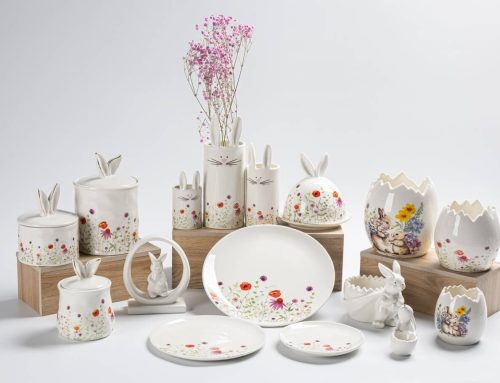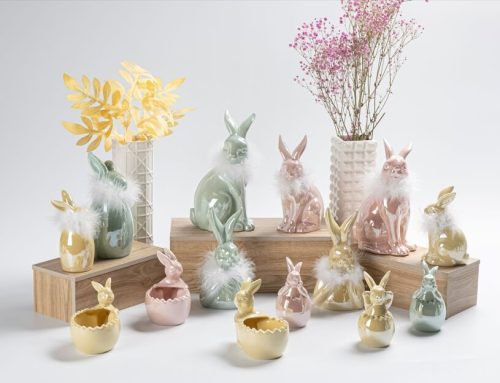Dish vs Plate: What’s the Real Difference?
When it comes to tableware, people often wonder about the difference between a dish vs plate. The two words are sometimes used interchangeably, but in fact, they are not the same thing. Understanding the difference can help you choose the right tableware for daily meals, fine dining, or even customised designs.
What is a Plate?
A plate is a flat, usually round piece of tableware designed to serve food. Plates are typically larger than other tableware items and are perfect for the main part of a meal, such as meat, vegetables, or grains.
-
Shape & Design: Plates can be round, square, oval, or rectangular. No matter the shape, they are always flat with a rim.
-
Purpose: They are mainly used for individual servings, making them essential for everyday dining.
-
Presentation: In fine dining, chefs often describe the plate as the “canvas” for culinary art. The flat surface and rim frame the food beautifully, balancing both portion control and visual appeal.
👉 If you’re looking for personalised options, you might want to explore custom dinner plates to elevate your dining experience.
Plate: The Canvas of Culinary Art
A plate is like a canvas for food art. Chefs use plates to show off their cooking skills, turning simple ingredients into beautiful dishes. Plates come in many shapes, sizes, and designs, which lets chefs be creative.
Plates can be round, square, or rectangular. The rim of the plate frames the food and makes it look good. Whether simple or fancy, plates set the mood for the meal and invite diners to enjoy the food.
Plates are also practical. Their flat surface makes it easy to display food neatly. Plates help control portions and keep the presentation balanced. They are sturdy and can handle the demands of cooking and frequent use.
What is a Dish?
The word dish is broader and more versatile. It refers to any container used for holding or serving food. A plate is technically a type of dish, but dishes cover a wide range of tableware:
-
Bowls: Deep and round, perfect for soups, salads, pasta, or rice.
-
Platters: Large and flat, ideal for appetisers, main courses, or shared dishes.
-
Mini Pie Dishes: Small but practical, these are great for baking and serving individual desserts or savoury pies. They make table presentations more charming and personalised.
-
Sauce Dish & Oval Sauce Dish: Compact in size, these dishes are perfect for holding sauces, dips, or condiments, ensuring flavours are served neatly alongside the main meal.
-
Baking Dish: Oven-to-table essentials, used for casseroles, pasta bakes, and gratins. Their sturdiness and heat resistance make them highly practical.
-
Pie Dish: Larger than mini pie dishes, these are designed for family-sized sweet or savoury pies, combining function with rustic charm.
-
Casseroles & Baking Dishes: Oven-safe, perfect for baked meals, gratins, or stews. They can go straight from oven to dining table.
-
Serving Dishes: Items like gravy boats or butter dishes make it easy to serve sauces or condiments.
As you can see, the term “dish” extends far beyond the simple flat plate—it covers everything from tiny sauce dishes to robust baking dishes that carry a whole family meal.
Dish: Versatile and Practical
While plates are great for presentation, dishes are versatile and serve many purposes. Dishes include bowls, platters, casseroles, and serving dishes, each with a unique use.
Bowls are deep and round, perfect for soups, salads, or pasta. They can hold a lot of food and are easy to handle. Platters are large and flat, ideal for appetisers, main courses, or shared dishes. They make it easy to serve food at parties and gatherings.
Casseroles and baking dishes are oven-safe and used for cooking and serving meals like gratins and baked dishes. They can go from the oven to the table, making cooking and cleaning easier. Serving dishes, like gravy boats or butter dishes, make it easy to serve sauces and other extras.
Plate vs Dish: The Key Takeaway
-
Plates are flat, rimmed, and designed for individual servings and elegant presentation.
-
Dishes are a broader category that includes plates, bowls, platters, and more.
In short, a plate is always a dish, but a dish is not always a plate. Both play an important role in food culture, presentation, and hospitality.
So, the next time you sit down to eat, take a moment to notice whether you’re enjoying your meal on a plate—or in a dish!
Conclusion
Plates and dishes are key tools in dining. Plates are great for showing off food and keeping portions balanced. Dishes offer flexibility for serving and presentation. Together, they enhance the dining experience, combining food, culture, and hospitality.
So, the next time you eat, take a moment to appreciate the plate and dish in front of you—and maybe even consider upgrading your tableware with a set of personalised custom dinner plates.
✨ Looking for something unique? At Homey Ceramic, we specialise in creating customised plates and dishes that match your style, whether for personal use, restaurants, or gifting. Get in touch with us today to design your very own plate or dish collection.


